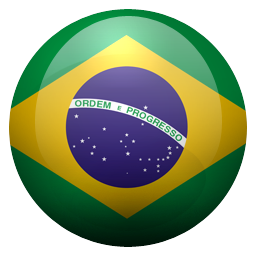Abstract
The purpose of this article is critical for the practices and goals to be "magical" appeal for technology to an intelligent city and its contribution to a healthy city reality. The reflection occurs from the exploration of concepts of productive obsolescence, human-technological and digital hybridism that is developed excluding technologically illiterate people. Analyzing if the situation of technology in the city and citizenship in a disruptive health scenario can be in fact understood as a city built for progress and programmed to promote a healthy and collective coexistence. It is proposed first, to explore the concepts of technology, obsolescence and digital connection. Second, reflect on the tools of technological intelligence and their relevance in healthy urban centers. Third, it is questioned if the relationship between technology and urbanization is in fact being beneficial for the city and the citizens. Essential questions: How does productive obsolescence occur? Can we rely on technology for a healthy city or just a smart city? This article therefore intends to grant subsidies for an investigation into alternative ways of educating citizens without being seduced by the appeal.
References
Glenn, J. C. (2009). State of the Future 2009. Disponível em: http://107.22.164.43/millennium/challeng.html. Recuperado em: 28 nov. 2018.
Harari, Y. N. (2015). Sapiens. Uma breve História da Humanidade (464 p.). São Paulo: L&PM Editores.
Pew Research Center. (s./d.). The Changing Global Religious Landscape. Disponível em: http://www.pewforum.org/2017/04/05/the-changing-global-religious-landscape/. Recuperado em: 28 nov. 2018.
OPAS (1996). El Movimiento de MunicipiosSaludables: una Estrategia para laPromoción de la Salud en América Latina, 96, 14, abril.
ONU. (s./d.). Conheça os novos 17 Objetivos de Desenvolvimento Sustentável da ONU. Disponível em: https://nacoesunidas.org/conheca-os-novos-17-objetivos-de-desenvolvimento-sustentavel-da-onu/. Recuperado em: 28 nov. 2018.
Rodrigues, M. M. (2008). Educação ao longo da vida: a eterna obsolescência humana em Santa Catarina. (Tese de doutorado). Universidade Federal da Fronteira Sul, UFFS/SC, Brasil.
Skimlinks (s./d.). Singularity University: meet the people who are building our future. Disponível em: https://www.theguardian.com/technology/2012/apr/29/singularity-university-technology-future-thinkers. Recuperado em 28: nov. 2018.
Urzelia, I. (1998). Manual de Logística Integral. Madrid: Diaz de Santos.
Waze Co. (s./d.). Disponível em: https://www.waze.com/pt-BR. Recuperado em: 28 nov. 2018.
A Labor e Engenho utiliza a licença do Creative Commons (CC), preservando assim, a integridade dos artigos em ambiente de acesso aberto.


